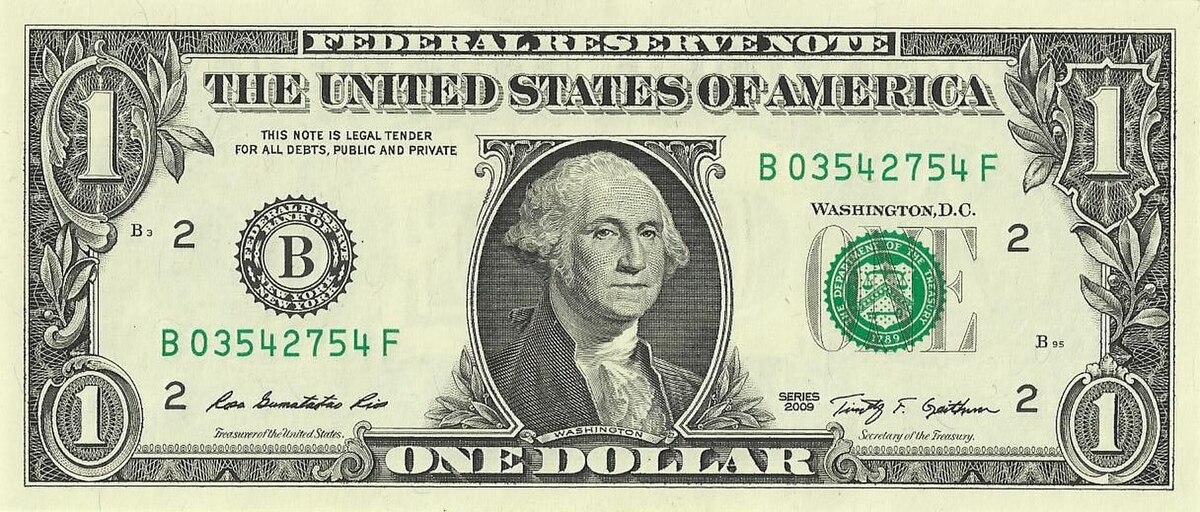Search
Imagine being forced to re-employ the person who claims that your company discriminated against her.
Public Domain, Link
Many people forget that federal anti-discrimination law, Title VII of the Civil Rights Act of 1964, contemplates reinstatement of an employee as a remedy for discrimination.
But, before I get to that, I want to thank everyone who responded to yesterday’s blog post.
If I did a word cloud with all of your email replies to whether job candidates should provide ‘thank you’ notes, I probably would’ve ended up with ‘stickler,’ ‘parents,’ ‘busy,’ and ‘trashcan.’ Most agreed that ‘thank you’ notes are nice, but no note at all is not a dealbreaker.
In terms of doing some short live videos to supplement these blog posts, the vast majority dug the idea. The audience was split between YouTube and Facebook as the social media platform of choice for these videos. While I was hoping for Instagram, I’ll cast the tiebreaking vote in favor of YouTube. Friday seems like the day on which most people prefer to participate. But, I may switch it up from time to time. And we’ll probably gravitate towards the lunch hour. But, I may do some at 3 ET as an accommodation to my readers in the Pacific time zone. #Westside
Give me a little time to get this up and running, and I’ll follow up with more details.
One dollar and a job.
The case I’ll discuss today (opinion here) involves a woman who claimed that her employer discriminated against her based on her race and sex when it terminated her from her position as a machinist in the company’s Tool and Die department, ostensibly for returning to work late from lunch.
At summary judgment, the company argued unsuccessfully that it had treated the plaintiff as it had other employees. But, the lower court noted that other employees ‘routinely’ took extended lunch breaks and the plaintiff was the only one punished for doing so.
At trial, the jury concluded that the company had discriminated against the plaintiff based on her gender and race. However, it only awarded the plaintiff one dollar. The appellate court speculated that the low award might have had something to do with the plaintiff’s failure to mitigate her damages by looking for a new job.
So, the plaintiff asked the court to force the company to re-employ her. That in and of itself is a bit strange because most litigants in employment discrimination disputes can’t stand each other and don’t want to continue the employment relationship. The lower court rejected this request for reinstatement based in part on the apparent bad blood. (Editor’s note: I don’t think they used to have mad love.)
‘Reinstatement is the preferred equitable remedy under Title VII.’
The appellate court wasn’t so bearish on reinstatement. Indeed, well, you read the subheader. Here’s more from the opinion:
Reinstatement is the preferred equitable remedy under Title VII. Reinstatement more tightly fits the termination injury. It does not require answering the front pay question of whether and for how long a plaintiff will work in the future, for which a bad guess means either that plaintiff is left without a remedy or ends up with a windfall.
Front pay, as you may have guessed, is the court’s attempt to approximate how much the plaintiff would have earned going forward but for the discrimination to which she was subjected. But, in this case, the plaintiff apparently didn’t try too hard to find new work. And when a plaintiff does not dutifully mitigate her damages, then legal remedies for wage loss are not available. So, it becomes more about equitable relief.
That brings us back to reinstatement. Here’s more from the appellate court:
Our caselaw contemplates that one form of prospective relief will ordinarily be appropriate when it is requested. We have often said that the trial court’s remedial discretion in this area involves the selection between reinstatement and front pay. The typical “either/or” nature of this remedial choice is also seen in our statement that if reinstatement is not feasible, front pay is the appropriate award.
But, wayment.
If the parties generally hate each other by this point of the lawsuit, why force them to rekindle the employment relationship?
What makes this a challenging area is that the post-lawsuit context in which this question arises usually sees some friction between the parties. Antagonism is a natural by-product of lawsuits, often even more so for ones alleging discrimination. If the hostility common to litigation were sufficient for denial of reinstatement, reinstatement would cease to be a remedy except in cases where the defendant felt like reinstating the plaintiff….[Rather,] [t]he acrimony must rise to the level at which the parties’ relationship is “irreparably damaged.”
It this particular case, it was unclear whether the “problem is one of hostility rather than inconvenience.”
So, the appellate court remanded the case to the lower court to determine whether reinstatement is an appropriate remedy.
Employer takeaways.
There’s a reason that like 97% of employment disputes never make to a jury. Sometimes the employer wins the case on a motion to dismiss or at summary judgment. Most times, however, disputes settle. They settle because the employer would rather forego the expense of protracted litigation and otherwise mitigate risk at trial.
So, when you’re valuing employment litigation, don’t just consider the cost of a jury verdict plus your cost of defense. Think about what it would mean to have to re-employ the person you fired; the one who is suing you now for discrimination.
 The Employer Handbook Blog
The Employer Handbook Blog



